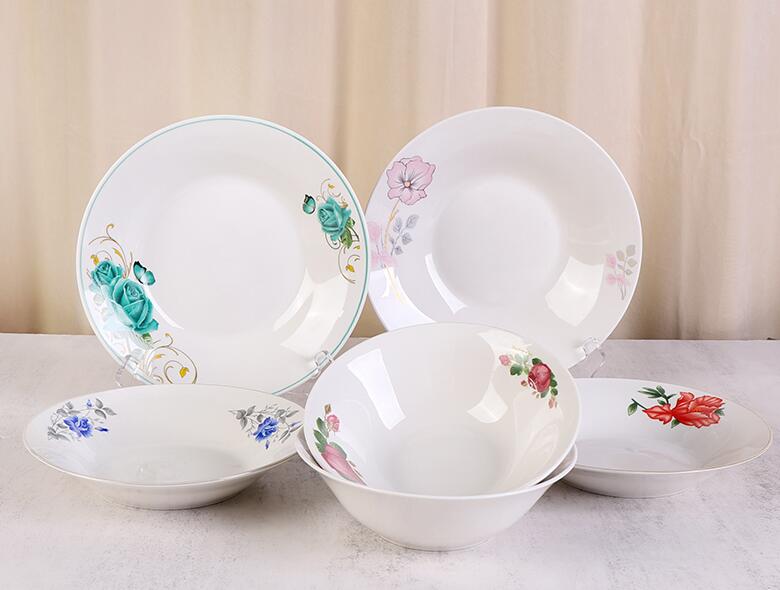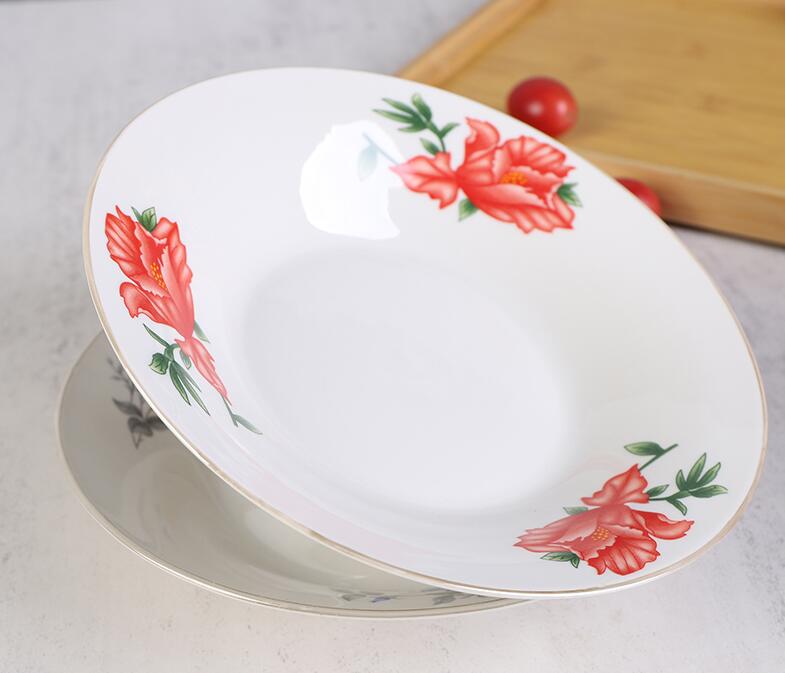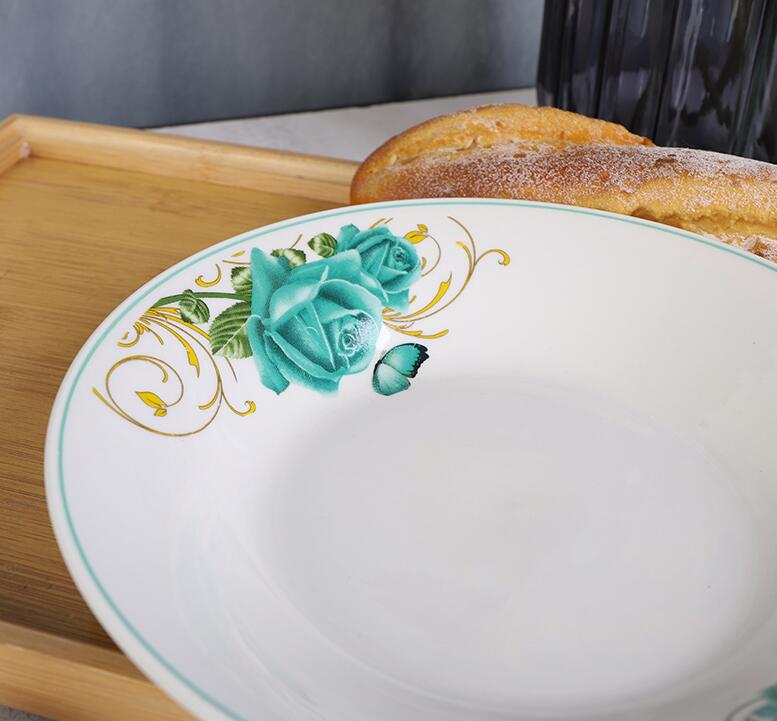Pulished on Jun. 14, 2023
Ceramic dinner plates are a staple in many households, valued for their beauty, durability, and versatility. However, using ceramic plates requires some care to ensure their longevity and safe handling. In this article, we will explore essential tips for correctly using ceramic dinner plates to help you make the most of your dining experience.

Avoid Extreme Temperature Changes
Ceramic plates are sensitive to rapid temperature changes. Avoid placing hot ceramic plates directly on a cold surface, such as a cold countertop or in contact with cold water, as it can cause thermal shock and lead to cracks or breakage. Allow hot ceramic plates to cool down gradually before washing or moving them to a different surface.

Protect Against Scratches and Impact
To prevent scratches and damage, avoid using metal utensils or abrasive cleaning tools on ceramic plates. Opt for plastic, silicone, or wooden utensils when serving or cutting food on ceramic plates. When stacking plates, place a soft barrier, such as a cloth or paper towel, between each plate to prevent scratches from friction. Handle ceramic plates with care to avoid accidental impacts or dropping.
Proper Cleaning and Maintenance

Ceramic plates are generally dishwasher-safe, but it is recommended to check the manufacturer's guidelines. To maintain the appearance and longevity of your ceramic plates, use mild dish soap and a soft sponge or cloth for handwashing. Avoid using harsh chemicals or abrasive cleaners that can damage the glaze. Dry the plates thoroughly after washing to prevent water spots or moisture retention.
Storing and Displaying Ceramic Plates
When storing ceramic plates, ensure they are stacked safely and securely. Use plate separators or soft padding between each plate to prevent scratching or chipping. Avoid placing heavy objects on top of stacked plates to prevent breakage. If displaying ceramic plates as decorative pieces, choose a secure and stable location away from direct sunlight, extreme temperatures, or high humidity, which can affect their appearance and durability.
Regular Inspections
Regularly inspect your ceramic plates for any signs of damage, such as cracks, chips, or glaze wear. Damaged plates should be retired from regular use to avoid potential hazards. If you notice any significant damage, consider consulting a professional ceramic restorer for repair options.

Ceramic dinner plates can provide years of enjoyment when used and cared for correctly. By following these essential tips for proper use, you can protect your ceramic plates from damage, maintain their aesthetic appeal, and ensure a safe and pleasant dining experience. Remember to handle ceramic plates with care, clean them gently, and store them properly to prolong their lifespan and continue to enjoy their beauty at your dining table.